DIY projects have always been a way to get creative, save money, or solve a problem with whatever you had lying around. But some fads from the past were downright dangerous. Looking back, it’s hard to believe anyone thought these ideas were safe or practical. From household hacks to beauty experiments, these DIY trends were accidents waiting to happen. Let’s revisit 12 risky DIY fads that had people walking a fine line between ingenuity and disaster.
1. Home Hair Perms
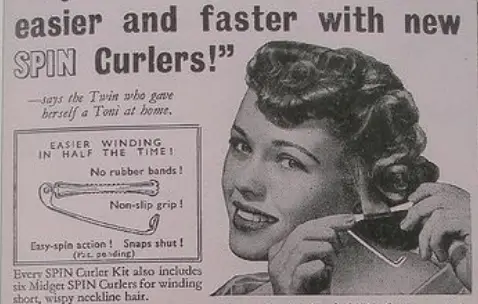
In the past, having curly hair was all the rage, and many people turned to at-home perm kits to achieve the look. These kits came with harsh chemicals like ammonium thioglycolate, which could burn the scalp, damage hair, and even cause allergic reactions. Without proper training, it was all too easy to end up with frizzy, fried hair—or worse, chemical burns.
Despite the risks, at-home perms were incredibly popular because they were cheaper than going to a salon. For many, the results were less “glamorous waves” and more “cooked spaghetti,” but that didn’t stop people from trying. Looking back, it’s amazing what lengths people went to for the perfect curl.
2. Asbestos Home Repairs
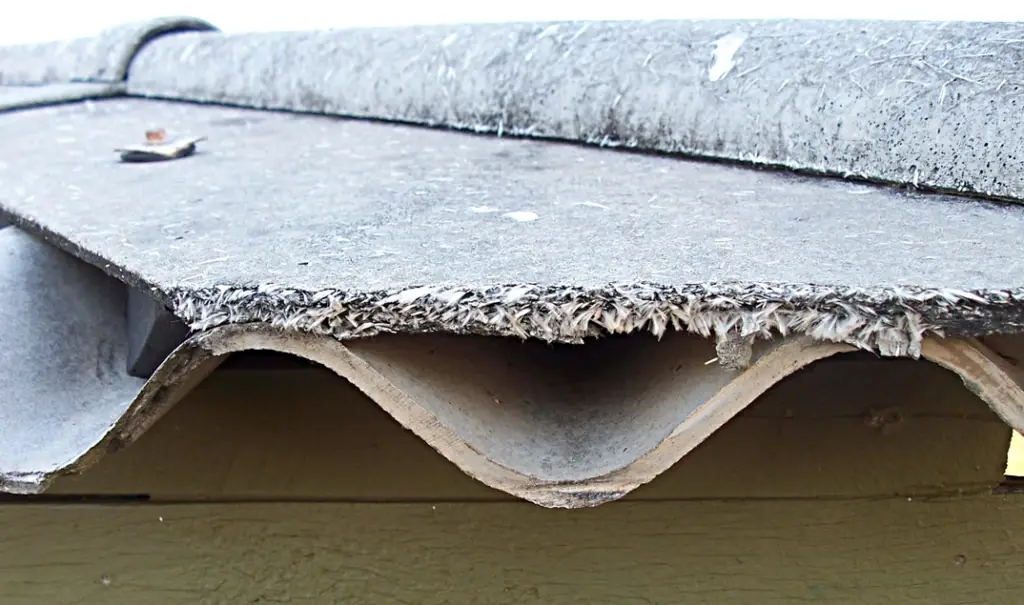
Before we knew how dangerous it was, asbestos was a go-to material for DIY home repairs. It was used in everything from insulation to floor tiles, and many homeowners patched up their houses without realizing the risks. Exposure to asbestos fibers can cause serious health issues like mesothelioma, but back then, it was seen as a miracle material.
While asbestos-related DIY projects are now a thing of the past, they’re a reminder of how little we understood about long-term health hazards. For those who lived through it, tackling home repairs without protective gear was just another day’s work.
3. Mercury Thermometer Repairs

If your old mercury thermometer broke, the common advice was to clean up the spill yourself. People were told to use household items like brooms or rags to gather the mercury beads, unaware of the toxic fumes they were breathing in. Children were even allowed to play with the mesmerizing silver droplets as a science “experiment.”
It’s shocking to think how casually we treated such a dangerous substance. Mercury exposure can cause neurological damage, but back then, it was just another household hazard no one worried about. It’s a chilling reminder of how safety standards have evolved.
4. DIY Radium Watches
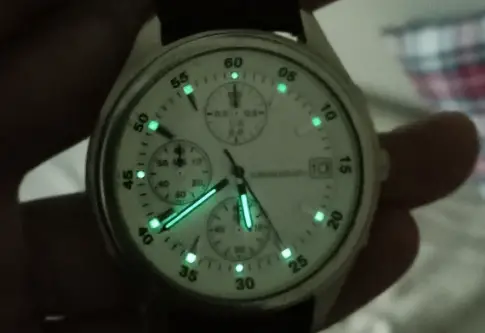
In the early 20th century, glow-in-the-dark radium paint was used to make watch dials readable at night. Some hobbyists even attempted to repaint their watches at home, using brushes and radium powder kits. The radioactive paint was incredibly dangerous, but its glowing effect was too enticing to resist.
Today, the idea of handling radioactive materials at home sounds absurd, but it was once a popular hobby. The risks weren’t fully understood until much later, leaving a legacy of health problems for those who dabbled in this glowing DIY trend.
5. Homemade Fireworks
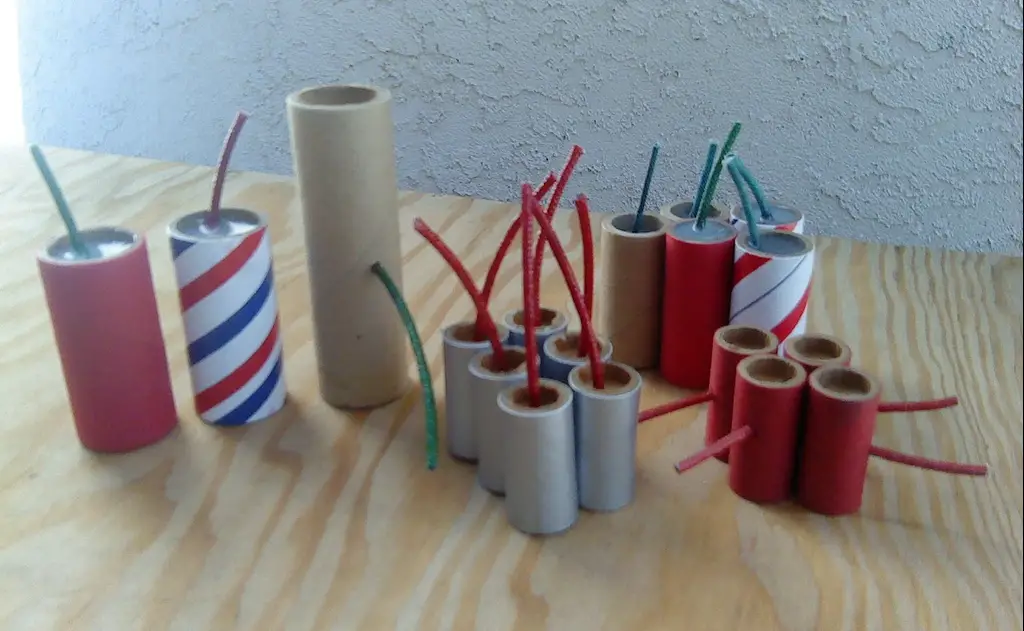
Backyard pyrotechnics were a favorite pastime for those who liked to live on the edge. Using ingredients like gunpowder, match heads, and paper tubes, people crafted their own fireworks with little regard for safety. The results were often unpredictable, leading to burns, explosions, and trips to the emergency room.
While DIY fireworks were thrilling, they were also a recipe for disaster. This dangerous hobby is a reminder that some projects are best left to professionals—especially when fire and explosives are involved.
6. Lead Paint Touch-Ups
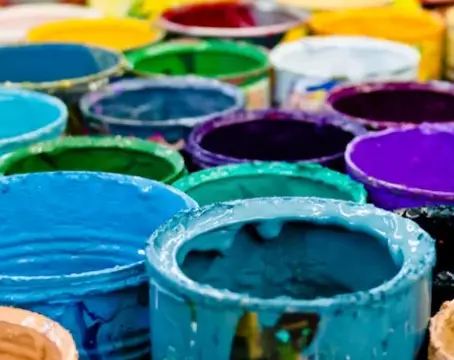
Before the dangers of lead were widely known, many people tackled home paint jobs with lead-based paints. It was durable, colorful, and easy to work with, but sanding or scraping old paint released toxic dust into the air. DIY enthusiasts often worked without masks or ventilation, unknowingly putting themselves and their families at risk of lead poisoning.
Despite its harmful effects, lead paint was a staple in home improvement for decades. It’s hard to believe how casually it was used, but it’s also a testament to how much we’ve learned about protecting our health.
7. Homemade Lye Soap

Making soap at home sounds charming, but the process often involved working with lye—a caustic substance that could cause chemical burns if not handled properly. The process required precision, as too much lye could result in soap that was harsh on the skin or downright dangerous.
For those who managed to get it right, homemade soap was a satisfying project. But for many, the risk of burns and mishaps outweighed the reward. It’s a reminder that not all DIY projects are as simple as they seem.
8. DIY Tooth Extractions

Before modern dentistry was widely accessible, people often took dental care into their own hands—literally. Using pliers, string, or even pocket knives, many attempted to pull out their own teeth to save money or avoid a trip to the dentist. Needless to say, this often led to infections, excessive bleeding, and permanent damage.
DIY tooth extractions might have seemed like a cost-effective solution, but the risks far outweighed the benefits. It’s a grim reminder of how far dental care has come and how desperate people were to address pain.
9. Homemade Weight Loss Remedies
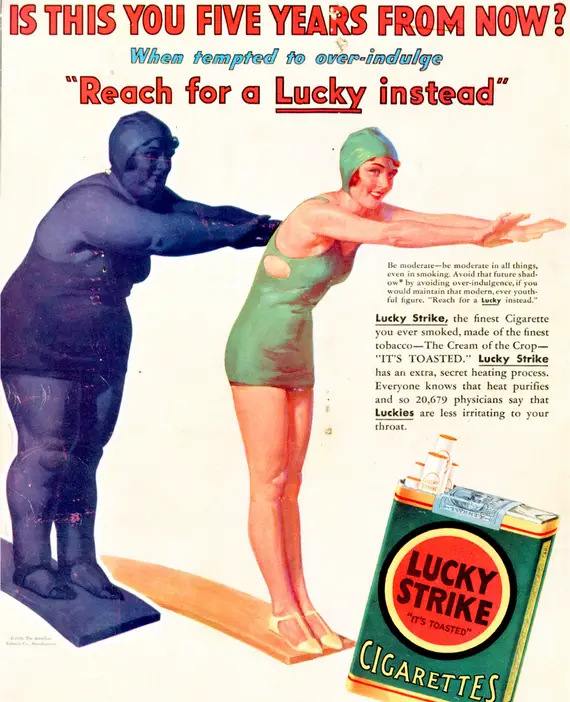
In the pursuit of the perfect figure, people experimented with all kinds of dangerous DIY weight-loss methods. From ingesting tapeworms to drinking vinegar-based concoctions, these fads promised quick results but came with severe health risks. Some even tried homemade laxatives or diuretics, leading to dehydration and malnutrition.
These fads were a dangerous reflection of society’s obsession with thinness. They remind us how far people were willing to go for an ideal—and how important it is to prioritize health over trends.
10. DIY Tanning Mixes

Long before sunscreen became a staple, people mixed their own tanning solutions using baby oil, iodine, and even motor oil. The goal was to achieve a deep tan, but these concoctions offered no protection from harmful UV rays. The result? Painful burns and an increased risk of skin cancer.
DIY tanning mixes were a short-sighted trend that prioritized looks over health. They highlight just how much our understanding of sun safety has evolved over the years.
11. Gasoline as a Cleaning Agent
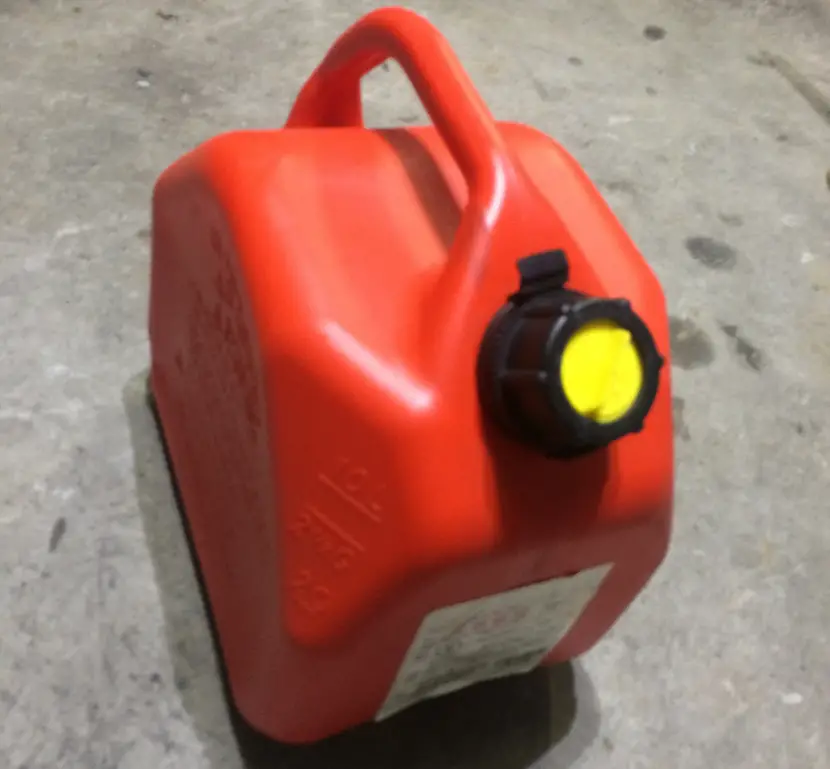
Gasoline was once a go-to solvent for cleaning everything from greasy tools to stubborn stains. People used it in poorly ventilated spaces, completely unaware of the fire hazard or toxic fumes. Spills and accidents were common, making this DIY trend both risky and dangerous.
While gasoline’s cleaning power was undeniable, the risks far outweighed the rewards. It’s hard to believe this was ever considered normal, but it’s a testament to the trial-and-error nature of early DIY solutions.
12. Homemade Bug Sprays
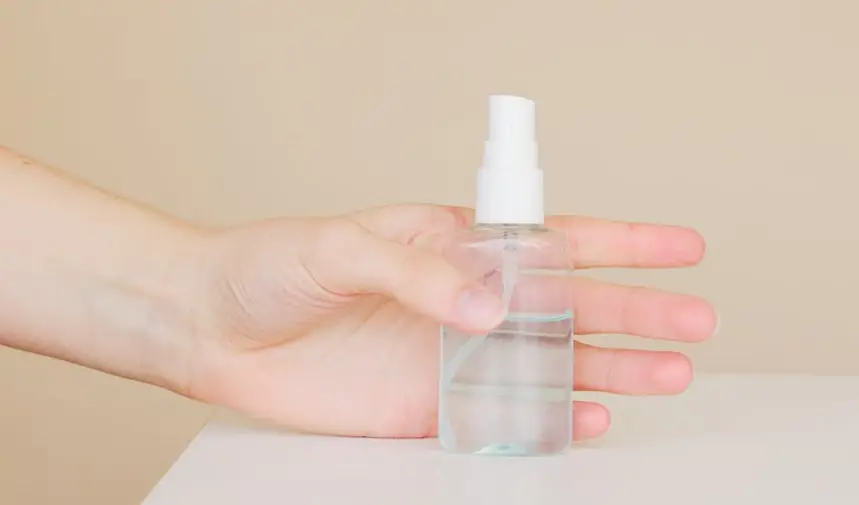
Before commercial pesticides became widely available, people concocted their own bug sprays using ingredients like kerosene, turpentine, and nicotine. These mixtures were highly toxic, posing risks to both humans and pets. Without proper storage or application methods, accidents and poisonings were all too common.
Homemade bug sprays were a creative solution to pest problems, but they came at a steep cost. They remind us of a time when ingenuity sometimes outpaced common sense, leaving behind lessons in safety that still resonate today.
These DIY fads might seem reckless now, but they capture a time when people made do with what they had—even if it meant taking a few risks. While we can laugh at the absurdity of some of these trends, they’re also a reminder of how far we’ve come in terms of safety and common sense. They may be relics of the past, but they’ll always be part of our history of innovation—however risky it might have been.


